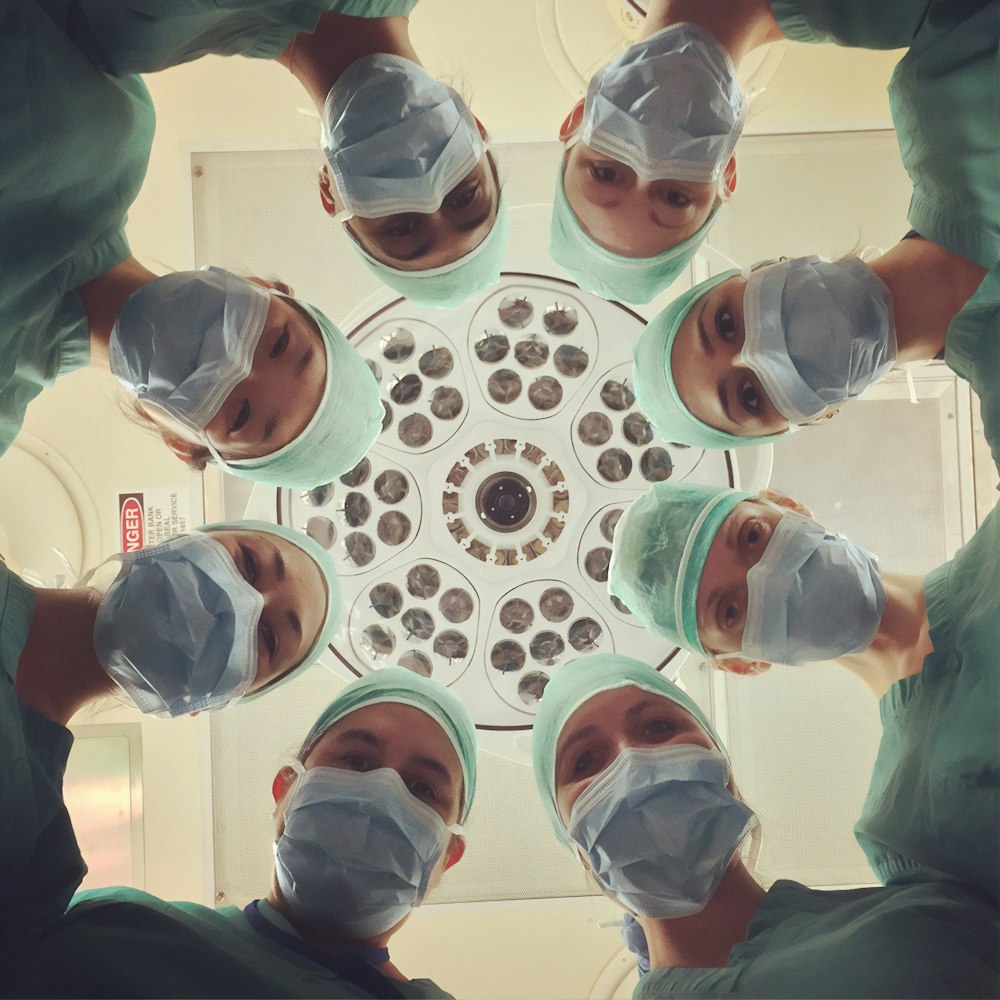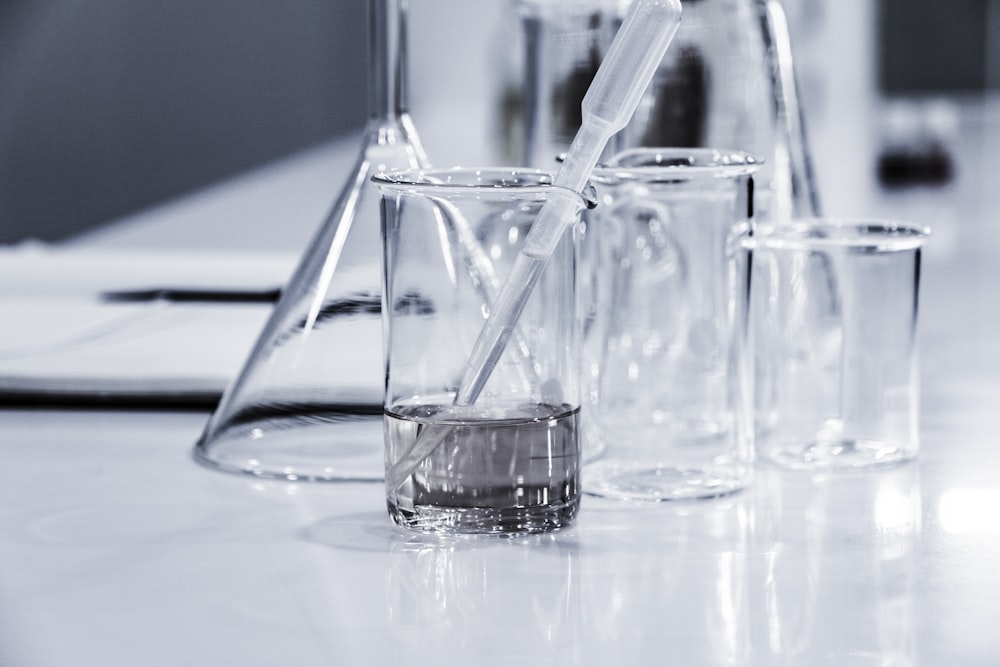Unlocking the Brain
How Polymer "Delivery Trucks" Are Revolutionizing Genetic Medicine
Article Navigation
The Fortress and the Key
Imagine your brain has a security checkpoint so stringent that 98% of therapeutic molecules can't get through. This is the blood-brain barrier (BBB), a microscopic shield of endothelial cells, astrocytes, and pericytes that safeguards our most vital organ from toxins and pathogens. Yet this protection comes at a cost: treating brain diseases like Alzheimer's, Parkinson's, or glioblastoma remains staggeringly difficult because drugs can't reach their targets 1 .
Gene therapy offers revolutionary potential—correcting faulty DNA to halt diseases at their source. But delivering gene-editing tools (like CRISPR) requires navigating the BBB's maze. Enter polymer-based nanocarriers: tiny, customizable "delivery trucks" engineered to slip past the brain's defenses. This article explores how these molecular machines are rewriting the future of neurological medicine.

Engineering the Brain's Delivery Trucks
Why Polymers Rule the Nano-World
Polymeric nanoparticles (PNPs) are biodegradable "containers" (10–200 nm in size) made from natural or synthetic materials. Their superpower? Customizability. Scientists tweak their size, charge, and surface chemistry to optimize brain delivery 3 8 9 :
Size Matters
Particles under 100 nm penetrate best. Gold nanoparticles at 10 nm show 5× higher brain accumulation than larger ones 8 .
Shape Optimization
Rod-shaped particles cling to blood vessels 2.5× better than spheres under blood-flow forces 8 .
Stealth Coating
Polyethylene glycol (PEG) reduces immune detection, extending circulation time from minutes to hours 9 .
Polymer Types and Their Therapeutic Roles
| Polymer | Source | Best For | Example Use |
|---|---|---|---|
| PLGA | Synthetic | Sustained drug release | Delivering siRNA to glioblastoma cells |
| Chitosan | Natural (shellfish) | Mucoadhesion | Nasal vaccines for brain infections |
| PEG-PBCA | Hybrid | BBB stealth penetration | Carrying antidepressants across the BBB |
| MOFs | Synthetic (metal-organic) | Stimuli-responsive release | Temperature-triggered tumor drug delivery 4 |
Cracking the BBB Code: Targeting Strategies
To cross the BBB, PNPs mimic "insiders" that the barrier naturally admits. This is achieved by attaching targeting ligands to the polymer surface:
Receptor-mediated transcytosis
Transferrin- or lactoferrin-coated PNPs hitch rides on receptors that shuttle iron into the brain. In mice, transferrin-decorated PNPs boost brain drug uptake by 300% 2 3 .
Cell-penetrating peptides (CPPs)
HIV-derived TAT peptides "electrocharge" PNPs through cell membranes.
Natural product enhancers
Borneol (from herbs) loosens tight junctions, increasing permeability to partnered drugs 2 .

The Gene Payload: CRISPR and Beyond
Once across the BBB, PNPs must deliver genetic cargo intact. CRISPR-Cas9 is the star player, but its large size (∼160 kDa) demands robust packaging:
Spotlight: The Crisaptics Experiment – Ultrasound-Powered Gene Editing
In 2025, a University of Maryland team won NIH's TARGETED Challenge by merging PNPs with ultrasound to edit brain genes. Here's how they did it 7 :
Step-by-Step Methodology
- Nanoparticle prep: CRISPR-Cas9-RC and guide RNA were packed into PEG-coated lipid nanoparticles (130 nm).
- Microbubble injection: Gas-filled microbubbles were co-injected intravenously.
- Focused ultrasound (FUS): Beams converged on the striatum (target for Huntington's disease), making microbubbles vibrate and temporarily open the BBB.
- PNP entry: Nanoparticles diffused across the breached barrier.
- Gene editing: CRISPR repaired the mutant HTT gene in neurons.
Results in Mouse Models
| Metric | FUS+PNPs | PNPs Alone | Control |
|---|---|---|---|
| BBB opening duration | 4–6 hours | None | N/A |
| Brain PNP accumulation | 22-fold ↑ | Baseline | N/A |
| HTT editing efficiency | 41% | 3% | 0% |
| Off-target effects | <0.1% | N/A | N/A |
"We're no longer just treating symptoms. We're engineering cures at the genetic level."
Why It Matters
This experiment achieved spatially precise editing—a first for non-viral delivery. The BBB resealed post-procedure, minimizing infection risk. The approach could treat Huntington's, genetic epilepsy, or glioblastoma with minimal off-target damage.
The Scientist's Toolkit
| Reagent/Material | Function | Example Use |
|---|---|---|
| Targeting ligands | Bind BBB receptors for transport | Transferrin (iron transport mimicry) |
| PEG coatings | Evade immune clearance | Extending nanoparticle circulation time |
| Stimuli-responsive polymers | Release drugs on pH/temperature/light cues | MOFs releasing drugs in acidic tumor zones 4 |
| Focused ultrasound | Temporarily disrupts BBB | Enabling nanoparticle entry into brain |
| AAV capsids | Viral vectors for gene delivery | Engineered variants for neuronal targeting 6 |
| CRISPR-Cas9-RC | Compact, high-precision gene editor | Correcting HTT mutations in Huntington's |
The Future: Smarter Polymers, Personalized Cures
Next-gen PNPs are getting "smarter":
AI-designed polymers
Algorithms predict optimal size/charge for brain uptake, slashing trial-and-error 9 .
Multi-stage systems
PNPs that first silence efflux pumps (e.g., P-glycoprotein), then deliver drugs .
Clinical trials
Over 15 brain-targeted PNP formulations are in Phase II/III trials for glioblastoma and Alzheimer's 5 .
